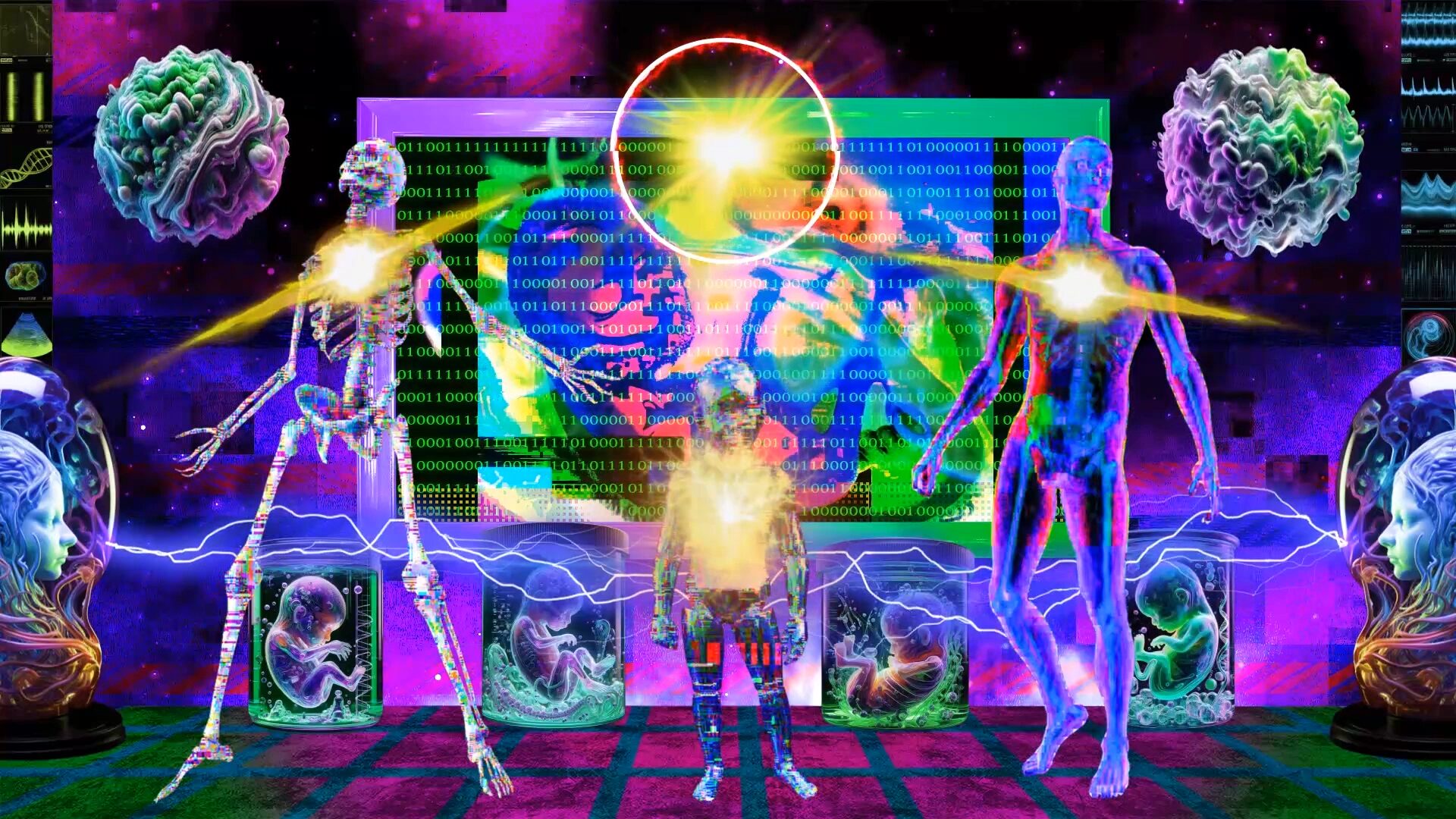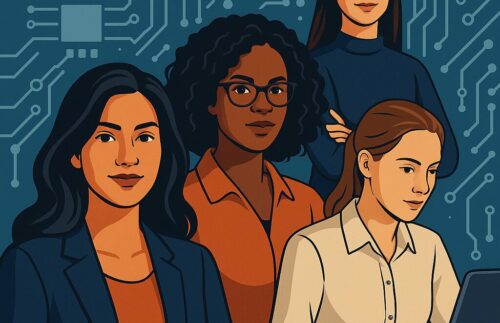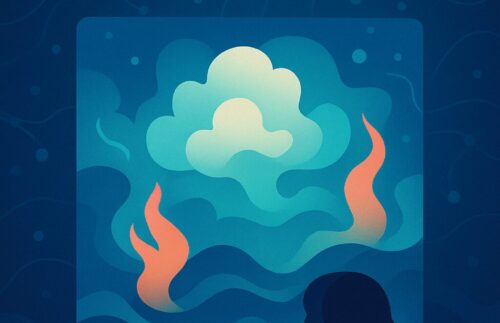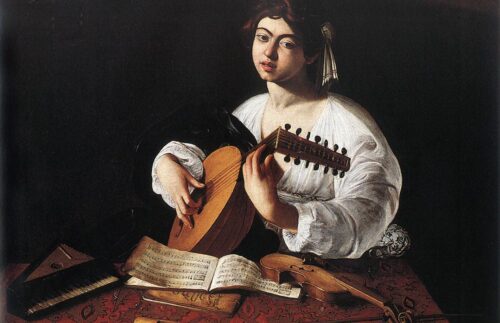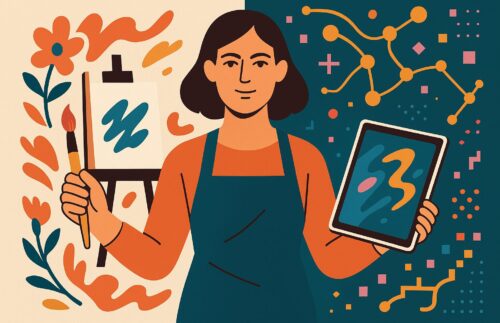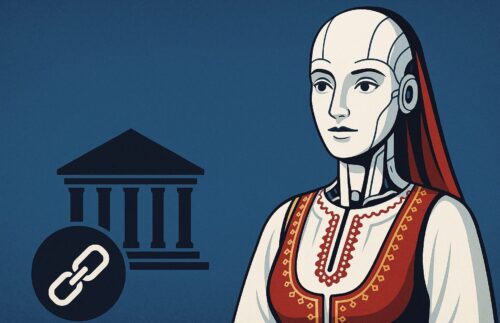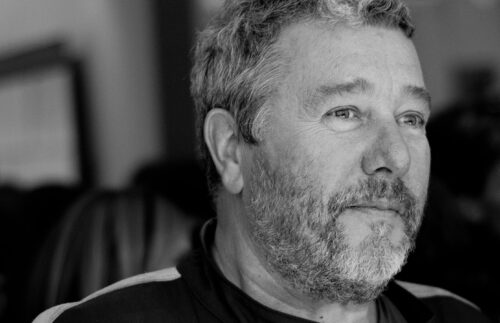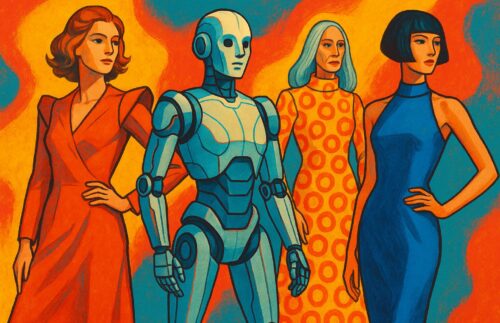This conversation with artist Domenico Dom Barra explores how glitches and AI challenge traditional notions of creativity, embracing imperfections as a catalyst for new aesthetics and narratives. As we navigate topics ranging from databending techniques to the ethical implications of AI in art, this interview offers insights into a practice that bridges the unpredictable beauty of technological failures with the transformative potential of artificial intelligence.
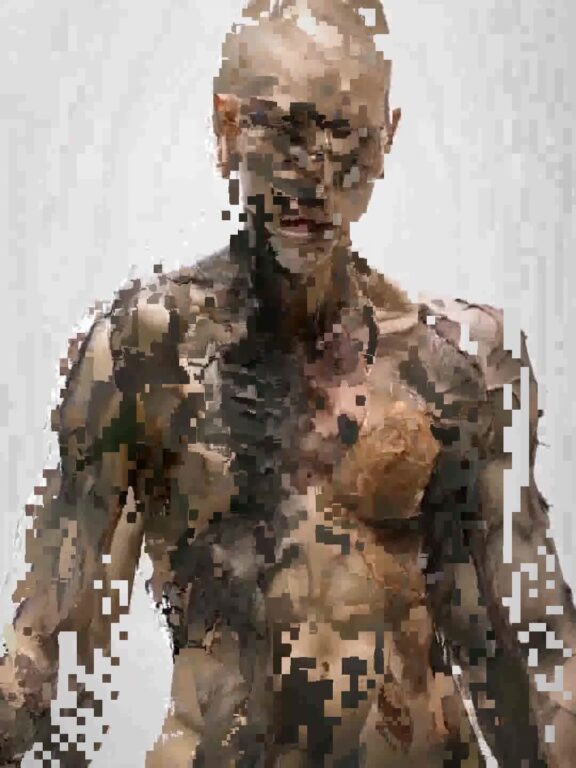
Whether you’re a tech enthusiast, an artist, or simply curious about how AI and glitch art are reshaping the creative landscape, this dialogue offers a rare glimpse into the forefront of digital experimentation. Dive in and discover how the boundaries of art are being pushed in exciting, uncharted directions.
What inspired you to explore glitch art as a medium, and how did you integrate AI into your creative process?
RE: My journey into glitch art began in 2010 when I discovered Jon Cates’ works on Tumblr. Later, I joined a Facebook group dedicated to glitch art, and since then, I’ve never stopped. However, my interest in experimental art predates this. While studying at Leeds College of Art and Design in England, I encountered the works of Stan Brakhage and admired his innovative approach to filmmaking. Inspired by his techniques, I experimented with altering photographic negatives in a darkroom using bleach, ink, needles, and cigarette burns. This was in 2006, and these manipulations laid the groundwork for my fascination with glitch art.
When I transitioned to digital media, the .JPG format became my equivalent of a film negative. I sought ways to “burn” and “pierce” these files digitally, discovering various methods to manipulate images using unconventional software, hardware, and data formats. This period was driven by curiosity and a desire to create something abnormal yet compelling.
By 2017, AI technology had started to become more accessible. Early AI systems were often imperfect and unstable, which I found inspiring. I began experimenting with AI, exploring how its processes paralleled the unpredictability of glitches. Conceptually, I see glitches as a primitive form of AI art since both result from computational interpretations. For example, databending—where a file’s data is intentionally corrupted—forces software to interpret it in unexpected ways. This reminded me of how AI interprets prompts to generate images based on its algorithms and training. The intersection of control and randomness in glitch and AI art became a perfect area for experimentation.
One of my series, “/-\7TERꞫD_{̶D̶4̶T̶4̶}̶PRØ//\PTz”, explores corrupting AI-generated prompts using unconventional formats like L33T SP34k. This technique creates unpredictable outputs by presenting the AI with unfamiliar input, leading to fascinating results. For me, AI is not merely a tool but a collaborator, opening doors to artistic intelligence alongside artificial intelligence.
How do you see the relationship between control and randomness in glitch art? Does AI help maintain that balance, or introduce new challenges?
RE: The interplay of control and randomness is central to my work. In glitch art, I often know what the outcome might resemble, but the final result is always unpredictable and unreproducible. This unpredictability excites me—it’s the element of surprise that I strive for. AI brings similar challenges. While I can guide the process by crafting prompts or datasets, I’m always eager to break rules and explore unexpected paths.
Theories by D.E.Berlyn, especially those related to novelty and aesthetic arousal, have influenced my approach. AI, like glitches, triggers intrigue through complexity, ambiguity, and surprise. By letting go of full control, I allow both mediums to uncover new possibilities, creating art that sparks thought rather than conforming to predictable standards.
Can you share any turning points in your artistic journey that led you to combine AI with glitch techniques?
RE: My artistic evolution has always been driven by a desire to challenge and break new technologies. When new tools emerge, I see them as uncharted territories with hidden glitches waiting to be uncovered. AI, in particular, intrigued me because of its potential to create new types of glitches and reinterpret artistic practices.
One pivotal project was my “Action Databending” live shows, where I demonstrated glitching processes in real-time. Another was “Dirty Homeprinting_Chat”, where I disrupted live video chats using corrupted webcams and glitched images. These performances showcased how imperfections could provoke thought and challenge conventions. AI brought similar opportunities, offering new ways to “glitch” the human artistic process.
AI is not just a medium; it’s a revolution, impacting everything from aesthetics to societal narratives. Recent projects, such as D.B. 
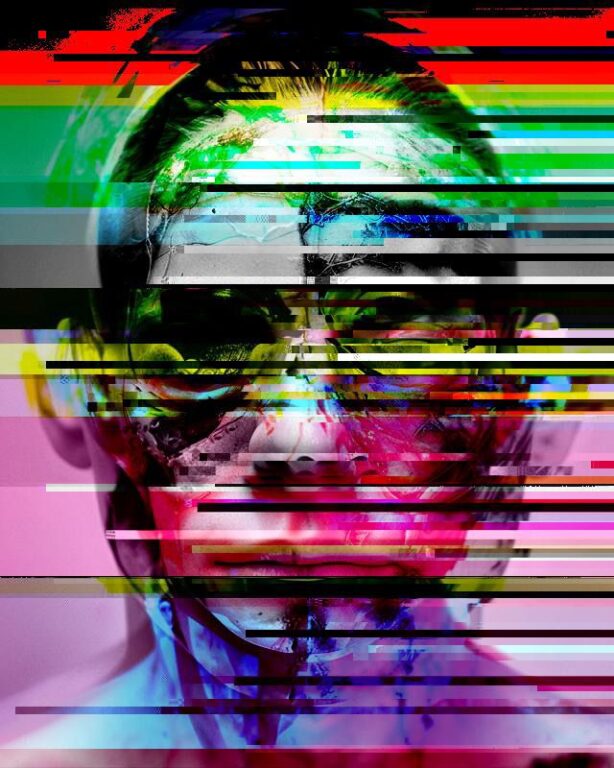
How do you decide which glitches or AI distortions to keep and which to discard?
RE: My selection process depends on the narrative I’m building. I conduct numerous tests to find distortions that align with the series’ mood and message. While some outputs are intentionally created, others arise from accidents that often redefine the project’s direction. For instance, in DNAi – New Life, I aimed for a cyber-futuristic vibe, so my approach was more controlled. In experimental series like LƏT THƏ FRÆK SPÆK!, I embrace unpredictability.
With AI, I often start with intentionally messy prompts. Improper inputs cause the AI to struggle, producing results that deviate from artistic norms. I look for these anomalies to create works that challenge conventions.
What role does technology play in shaping the future of glitch art, and where do you see your work evolving as AI advances?
RE: Technology drives glitch art by constantly introducing new systems, formats, and vulnerabilities. Every innovation brings new glitches to discover, and as artists, we highlight both the potential and flaws of these tools. Glitch art, at its core, is about embracing imperfection and questioning technological claims of infallibility.
AI has amplified my work, enabling larger, more ambitious projects. It inspires narratives that address societal impacts and challenges, such as inclusivity and self-awareness. I believe AI is a transformative force, and as it evolves, so will my exploration of its imperfections.
Do you think AI and glitch art will become more interactive with audiences?
RE: Absolutely, and they already are. Today, audiences actively use AI and glitch tools in apps and social media, often without realizing it but they choose voluntarily to use glitch tools. Art has become participatory, with viewers not only consuming but also creating. This democratization of creation blurs the lines between artist and audience.
Projects like BOTTO by Mario Klingemann, which involves audiences in curation, or interactive installations, show how art can engage viewers in real-time. The future of glitch and AI art lies in fostering these interactions, allowing audiences to co-create and experience art in immersive, community-driven ways.
